
WEEDS
Description and their Management


Dr. Lal Singh, Ph.D., working as Associate Professor at Division of Agronomy, SKUAST-K, Shalimar, Srinagar-190 025 (J&K), India. He did his Ph.D. in Agronomy from GBPUA&T, Pantnagar, Udham Singh Nagar, Uttarakhand. He also qualified National Eligibility Test (NET) in Agronomy in 1998 and 2004. He is co-author of a book, author of 3 book chapters and coauthor of 5 book chapters. He has compiled a training manual. He is life member of five scientific societies. He is member of editorial board as executive editor of JournalofAgriSearch. He is Member of Executive Council of Society for Upliftment of Rural Economy (SURE), Varanasi, U.P. and Member of Executive Council of Association of Agrometeorologists, Anand Agricultural University, Anand-388 110 (Gujarat), India. He has published several research papers, articles and abstracts in reputed journals, magazines, compendia. He associated with Gramin Krishi Mausam Seva (GKMS) scheme from 2005 to 2011 as Technical Officer and Forecasting of Agricultural output using Space, atmosphere and Land based observation (FASAL) scheme from 2010 to till date as Co-PI, operated by IMD. He guided 2 M. Sc, 5 PhD., and 3 M. Tech. Students.
Weeds
Description and their Management
Lal Singh
Associate Professor
Division of Agronomy
SKUAST-K, Shalimar,
Srinagar
 Educationist Press
Educationist Press
An Imprint of
 Write & Print Publications
Write & Print Publications
New Delhi-110 015
2016 AUTHORS
ISBN: 978-93-84649-70-8
Publishers note:
Every possible effort has been made to ensure that the information contained in this book is accurate at the time of going to press, and the publisher and authors/editors cannot accept responsibility for any errors or omissions, however caused. No responsibility for loss or damage occasioned to any person acting, or refraining from action, as a result of the material in this publication can be accepted by the authors/editors, the publisher or the authors/editors. The Publisher is not associated with any product or vendor mentioned in the book. The contents of this work are intended to further general scientific research, understanding and discussion only. Readers should consult with a specialist where appropriate.
Every effort has been made to trace the owners of copyright material used in this book, if any. The authors/editors and the publisher will be grateful for any omission brought to their notice for acknowledgement in the future authors/editors editions of the book.
All Rights reserved under International Copyright Conventions. No part of this publication may be reproduced, stored in a retrieval system, or transmitted in any form or by any means, electronic, mechanical, photocopying, recording or otherwise without the prior written consent of the publisher and the copyright owner.
| Published by | : | Hitesh Mittal |
| For Write & Print Publications |
| H-13, Bali Nagar, New Delhi-110 015 |
| Phone: 011-45635684 |
| E-mail: |
| Website: www.writeandprint.com |
| Printed at | : | Salasar Imaging Systems |
| Delhi - 110 059,Phone: 011-27185653 |
Preface
The term weed is used in a variety of senses, generally centering around a plant that is not desired within a certain context. The term weed is a subjective one, without any classification value, since a plant that is a weed in one context is not a weed when growing where it belongs or is wanted. Indeed, a number of plants that many consider weeds, are often intentionally grown by people in gardens or other cultivated-plant settings. Therefore, a weed is a plant that is considered by the user of the term to be a nuisance. The word commonly is applied to unwanted plants in human-controlled settings, especially farm fields and gardens, but also lawns, parks, woods, and other areas. More vaguely, weed is applied to any plants that grow and reproduce aggressively and invasively. Volunteer weeds are crop plants from one year which are growing in the subsequent crop.
Weeds are responsible for reductions in crop yield and quality and they lead to environmental degradation through destruction of native plant and animal habitat. Weeds also harbour insects and diseases of crops, create unsafe conditions, reduce property values and the aesthetics of an enjoyable landscape and many can poison humans, livestock and wildlife.
This book has been prepared to help farmers, ranchers, resource managers and the public identify weeds (Broadleaf Weed and their Control, Grasses and Grasslike Weeds, Noxious and Invasive Weeds). The book also includes the best management practices (BMP) and recommendations. Some of the more common nuisance weeds that interfere with human activities are also detailed. Proper identification of problem weeds is the crucial first step in gaining knowledge about these troublesome plants so that a well planned control strategy can be developed.
Lal Singh
Contents
Index
CHAPTER 1
Introduction
The term weed is used in a variety of senses, generally centering around a plant that is not desired within a certain context. The term weed is a subjective one, without any classification value, since a plant that is a weed in one context is not a weed when growing where it belongs or is wanted. Indeed, a number of plants that many consider weeds, are often intentionally grown by people in gardens or other cultivated-plant settings. Therefore, a weed is a plant that is considered by the user of the term to be a nuisance. The word commonly is applied to unwanted plants in human-controlled settings, especially farm fields and gardens, but also lawns, parks, woods, and other areas. More vaguely, weed is applied to any plants that grow and reproduce aggressively and invasively. Volunteer weeds are crop plants from one year which are growing in the subsequent crop.
Weeds are unwanted and undesirable plants which interfere with the utilization of land and water resources and thus adversely affect human welfare. They can also be referred as plants out of place.
Weeds compete with the beneficial and desired vegetation in crop lands, forests, aquatic systems etc. and poses great problem in non-cropped areas like industrial sites, road/rail lines, air fields, landscape plantings, water tanks and water ways etc.
Weeds are an important factor in the management of all land and water resources, but its effect is greatest on agriculture. The losses caused by weeds exceed the losses caused by any other category of agricultural pests. Of the total annual loss in agriculture produce, weeds account for 45%, insect 30%, disease 20% and other pests 5%.
CRITICAL PERIOD OF WEED COMPETITION
1. The critical period of weed competition is the shortest time span during the crop growth when weeding results in highest economic returns.
2. The crop yield level obtained by weeding during this period is almost similar to that obtained by the full seasons weed free conditions.
Next page
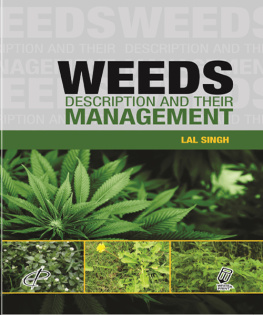



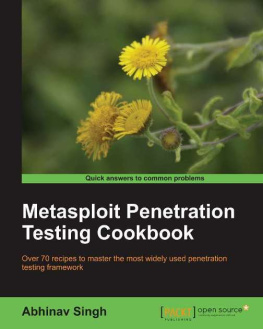



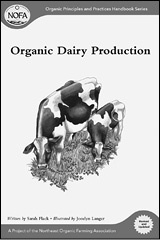
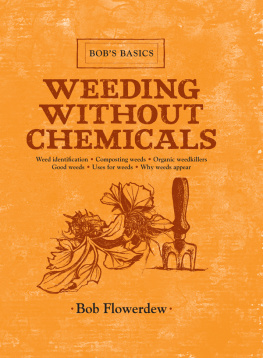


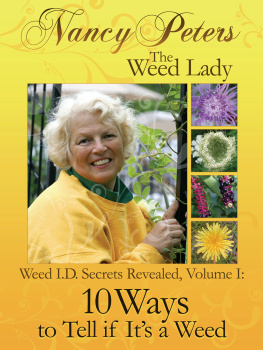
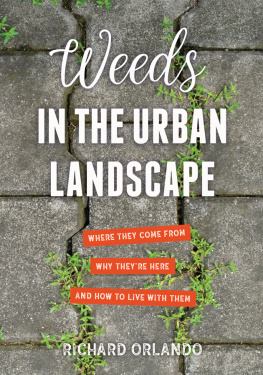
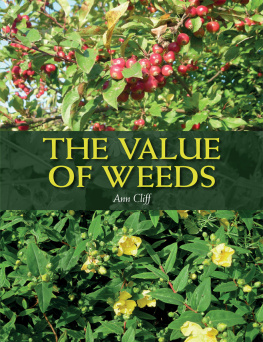

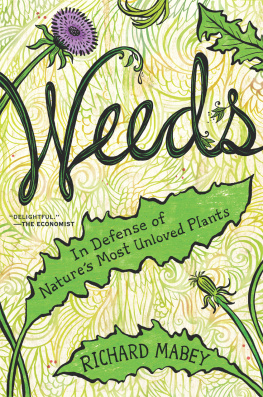



 Educationist Press
Educationist Press Write & Print Publications
Write & Print Publications